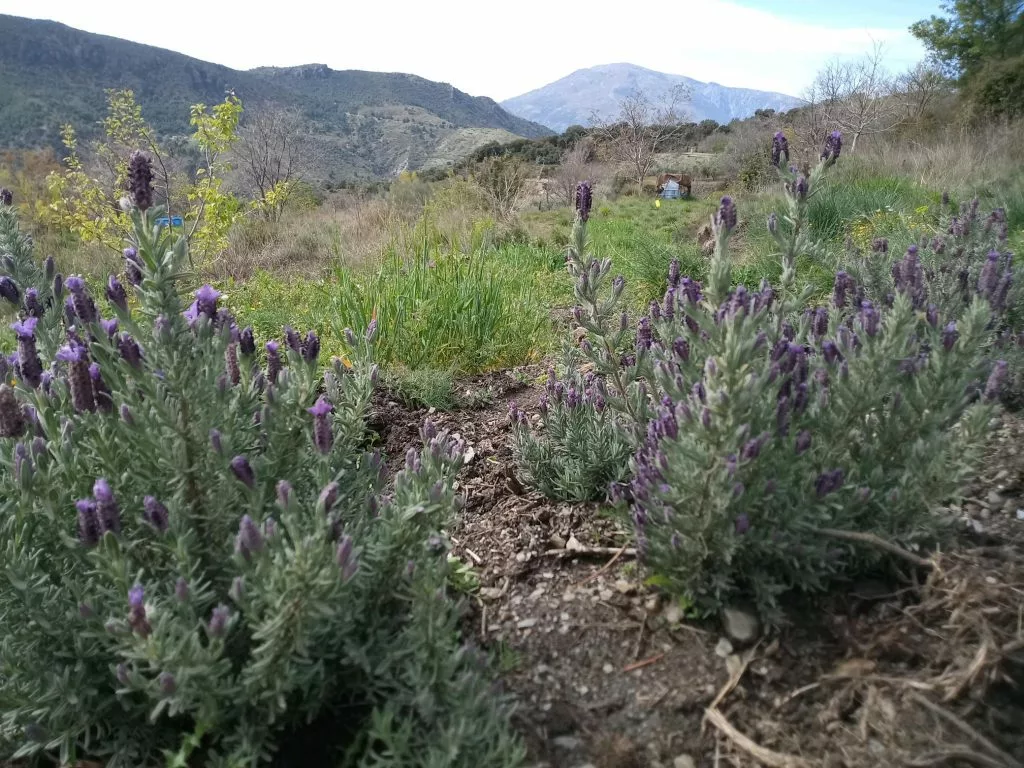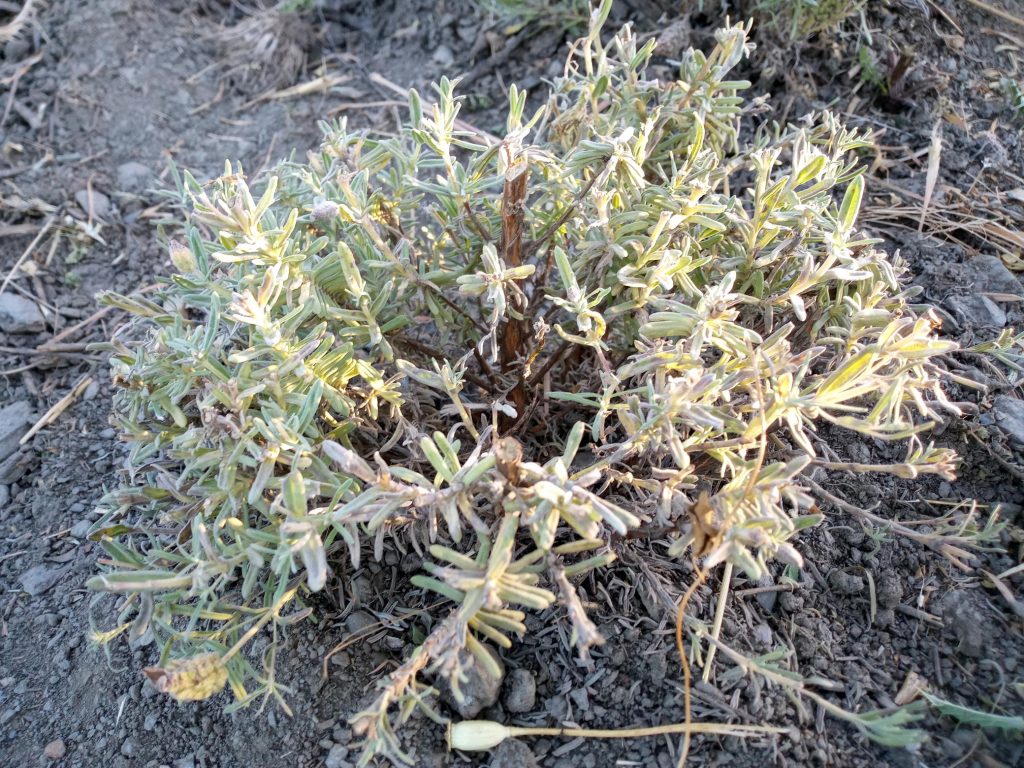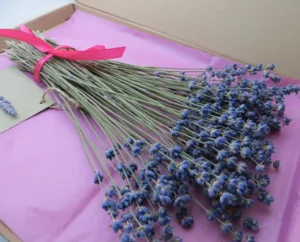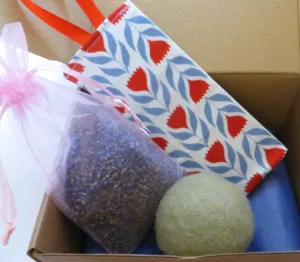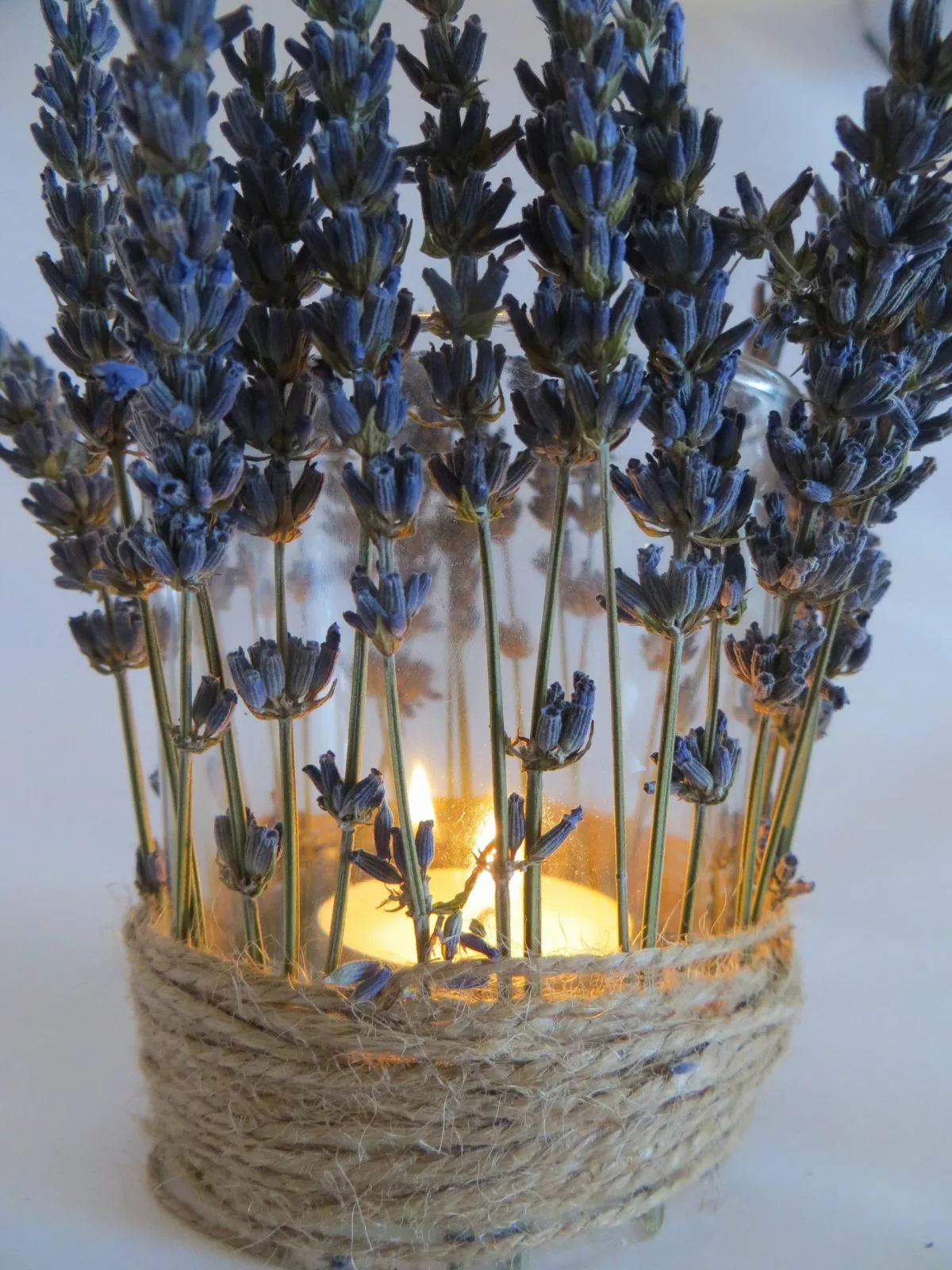On our land grows a wild lavender. It is the lavandula pedunculata, or a lavender Stoechas. Here in the mountains of Andalusia the lavender stoechas or cantueso as it is called here blooms early in the year. While I start to harvest lavandula angustfolia, the stoechas has almost finished flowering. Today I’m going to prune the plant and harvest the flowers. The oil would be good for headaches and colds.
We found the stoechas two years ago between weeds and since then we clean the field. We don’t have to do much else because the stoechas doesn’t make a lot of demands. It sows itself, which we don’t find a problem because the result is there.
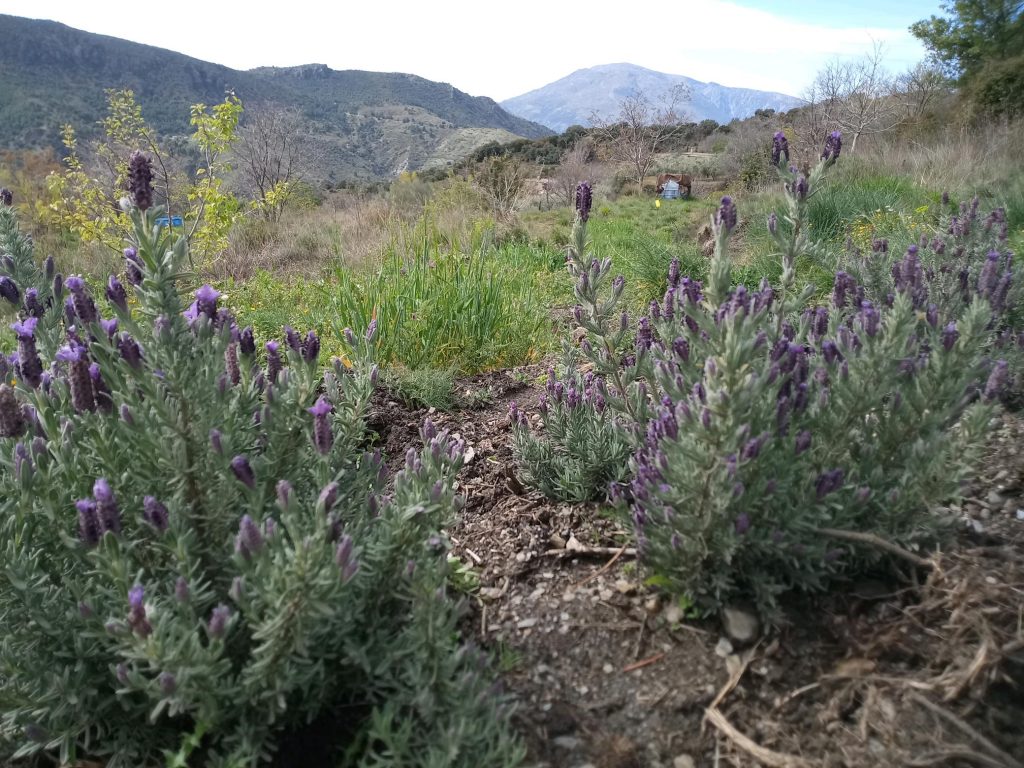
Lavender Stoechas, resistant to drought but not to frost
The lavender stoechas is resistant to drought. Only the very young plants we irrigate a few times and after that we don’t irrigate any more. The plant cannot withstand frost, but frost is very rare here.
Prune in time otherwise you will be left with bare stems.
As soon as the stoechas starts to make seed you will notice that all of the plant’s energy goes into it. The leaf at the bottom of the stem falls off. If you want a beautiful plant, it is better to prune it in time. If not, you will get long bald stems. Prune immediately in the first year and after flowering.
This week I pruned the plant. It could have been done earlier, but luckily I was still on time. I left a few branches with flowers for the seed.

before pruning 
after pruning
Lavender stoechas, good for headaches and colds
Just like the lavandula angustfolia, the lavandula stoechas is soothing. And also good for headaches and colds. With the pruning I have harvested flowers. They still smell delicious. A soft scent between lavender and rosemary. I’m going to make essential oil from it and fill an eye pillow with the flowers and see which of the two works best against headaches and colds.

